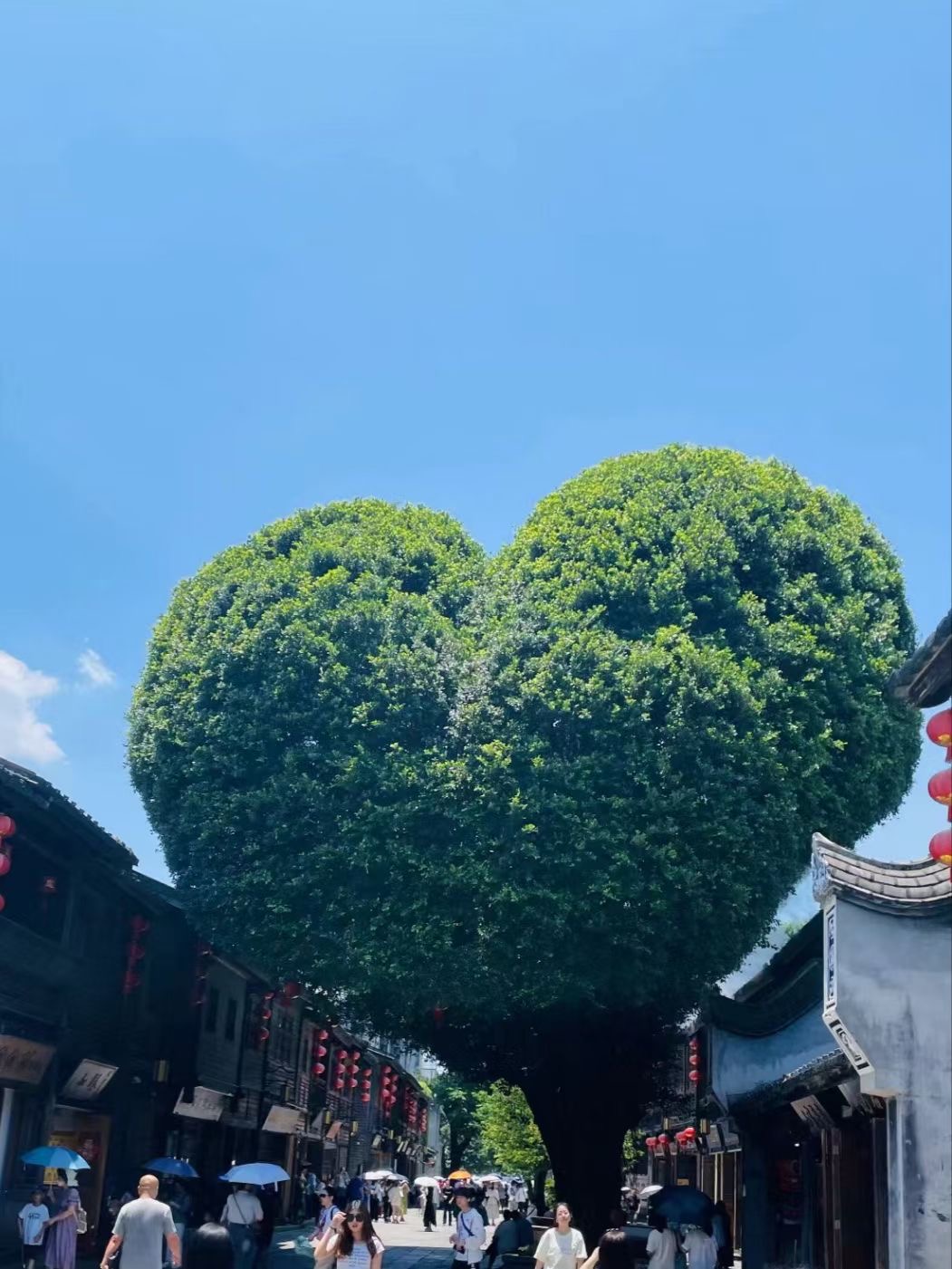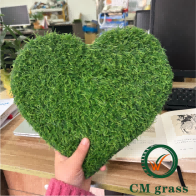Artificial turf, also known as synthetic grass, has evolved significantly in recent years, reflecting changing trends and preferences in landscaping and outdoor design. Here are the latest trends and usage patterns associated with artificial turf:
Advanced Technology Integration: Modern artificial turf incorporates cutting-edge technology to mimic the look, feel, and performance of natural grass more convincingly. Advanced materials and manufacturing techniques result in turf that closely resembles real grass in texture, color, and resilience.


Environmentally Friendly Materials: There is a growing emphasis on using environmentally friendly materials in the production of artificial turf. Manufacturers are increasingly using recycled materials in the construction of synthetic grass, making it a more sustainable option for landscaping projects.
Diverse Applications: Artificial turf is no longer limited to traditional outdoor spaces like residential lawns and sports fields. It is now being used in a variety of innovative ways, including rooftop gardens, indoor spaces, commercial landscapes, and even wall coverings.
Low Maintenance Requirements: One of the primary attractions of artificial turf is its low maintenance requirements compared to natural grass. It does not need mowing, watering, fertilizing, or pesticides, making it an attractive option for homeowners and businesses seeking to reduce their environmental footprint and maintenance costs.
Water Conservation: In regions facing water scarcity or strict water-use restrictions, artificial turf offers a practical solution for maintaining green spaces without excessive water consumption. Its installation can contribute to water conservation efforts and help mitigate the impact of drought conditions.
Year-Round Appeal: Unlike natural grass, which may become dormant or brown during certain seasons, artificial turf maintains its lush green appearance year-round. This ensures that outdoor spaces remain visually appealing and usable regardless of weather conditions or seasonal changes.
Customization Options: synthetic grass is available in a variety of styles, textures, and colors, allowing property owners to customize their landscapes according to their aesthetic preferences and functional requirements. From short-pile turf for high-traffic areas to longer, softer grass for leisure spaces, there are options to suit every need.
Durability and Longevity: high-quality artificial turf is designed to withstand heavy foot traffic, harsh weather conditions, and UV exposure without fading, matting, or deteriorating. With proper installation and maintenance, it can retain its beauty and functionality for many years, making it a wise long-term investment for property owners.
In summary, the latest trends in artificial turf focus on advanced technology, environmental sustainability, diverse applications, low maintenance requirements, water conservation, year-round appeal, customization options, and durability. As these trends continue to shape the landscaping industry, artificial turf is expected to remain a popular choice for creating beautiful, sustainable outdoor spaces.

 Mobile Phone:
Mobile Phone: Wechart:
Wechart: Contact Now
Contact Now